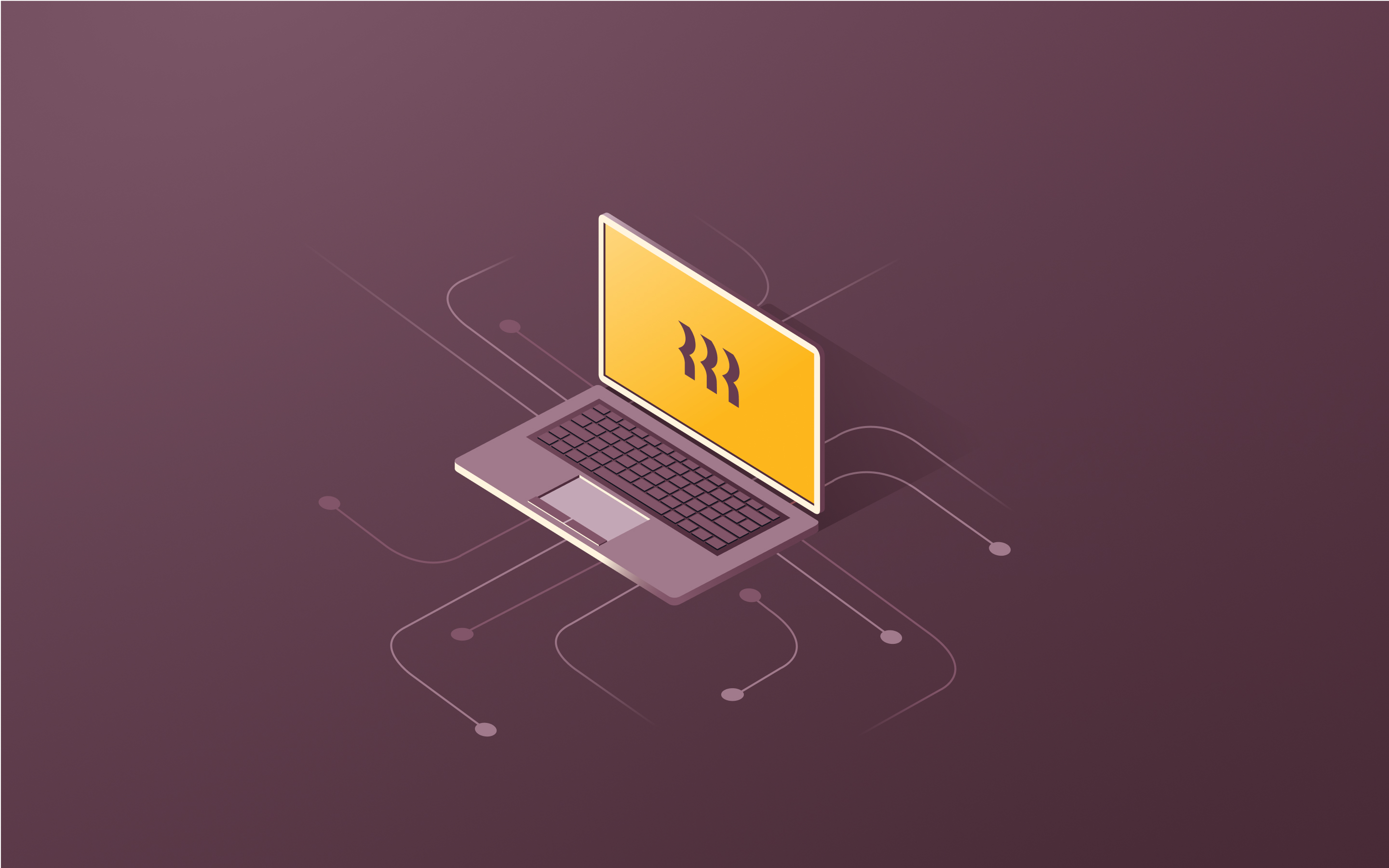New hire checklist: A step-by-step guide to onboarding employees in Argentina [2024]
Congratulations on your successful hiring in Argentina! The hiring process was just the beginning—up next is their employee onboarding process, which can make or break their success in their new role.
Research shows that a high-quality onboarding experience leads to lower turnover and more engaged employees—but many companies are missing the memo. 22% of companies have no formal onboarding process at all, and 35% of companies spend $0 on onboarding.
Why is that such a problem for global businesses? While onboarding helps your new employees thrive, it's also important for your company—getting onboarding wrong could risk thousands in fines for non-compliance with Argentinian labor laws.
A top-tier onboarding process goes far beyond an employee's first day (or even their first week or month). Below, you'll find a comprehensive checklist for onboarding new hires in Argentina—from the paperwork and legal compliance to setting up their devices and app access, training them on their new role, and creating a 90-day plan to promote their ongoing success in their role. Let's get started!
Before their first day
- Complete an employment background check. Keep in mind that in Argentina, employers are prohibited from accessing certain data like driving records and criminal histories. And while medical exams are required for many job candidates, employers can't legally screen potential employees for HIV, Chagas disease, pregnancy, drugs, or alcohol, except in extremely limited circumstances. Read our full guide to employment background checks in Argentina to learn more.
- Send an offer letter. The next step is to send your new hire their employment contract, otherwise known as an offer letter. To be compliant with Argentinian labor laws, it needs to include certain information—your new employee's salary and benefits, their working day schedule and hours, details on their probation period, and employment terms, to name a few crucial items. Read our full guide on creating offer letters for employees in Argentina.
- Do the necessary paperwork. After the employment agreement, there's still more paperwork to do—income tax documents, legal agreements, and non-disclosure agreements (NDAs). Getting the paperwork in order can be a lengthy process, with multiple email chains and back-and-forth with stakeholders and signatories.
- Enroll them in benefits. Mandatory benefits in Argentina include social security contributions, health insurance, minimum wage, a 13th-month salary (aguinaldo), sick leave, annual leave, severance pay, overtime pay, and more. Find the full breakdown in our guide to employee benefits in Argentina.
- Add them to payroll. Argentina requires all payroll transactions to be done in Argentine pesos (ARS). To stay compliant with Argentine tax and labor laws, you also need to collect certain employee information and register it in the Special Payroll Book, which is overseen by the Argentine Ministry of Labor. Check out our full guide to running payroll for employees in Argentina.
- Order and configure their devices. All employees need the right tools for their job. Whether your new hire will work on-site or remotely, you can order and configure any devices they need before their first day, so everything is ready for them to hit the ground running.
- Set up their app accounts. Devices are only the first step—your new hire also needs access to all the apps and accounts they'll need in their role. Set up their email, Slack, Zoom, and more, all ahead of time so they can sign on right away on their first day.
- Prepare any resources they'll need. These can include:
- Their own copy of their onboarding checklist
- An employee handbook
- Copies of any company policies they need to know (like your company's probationary period policies or the dress code if they're working in-office)
- A team directory
- An agenda for their first day or first week
- Their job description
- A list of the most pressing priorities for their role
- Any other role-specific resources they may need
- Schedule their orientation (and a get-to-know-you event with the team!). Schedule any events your new hire will need to attend on their first day or during their first week—a 1:1 with their supervisor, a team meeting to get acquainted with everyone, etc. Send out invites ahead of time so your new hire's team members can block the time on their calendars.
- Assign them an onboarding mentor. Your new hire will likely appreciate having a point person who can help guide them through the early parts of their onboarding process—especially if it's someone with a few years of service under their belt. Assign that person now so they have time to prepare to welcome a new face to the team.
- Send a welcome email. Before your new hire's first day, send them a welcome email with everything they'll need to know when they arrive to work for the first time. With Rippling, you can automatically create a welcome email so it's one less step to keep track of during onboarding.
On Day 1
- Make sure their workspace is set up. If your new hire will be working on-site, do a quick check of their desk or workspace on their first day to make sure it's set up and has the right devices. You may even consider adding some fun decor or a small gift (maybe some alfajores from a nearby bakery) to make them feel extra welcome.
- Send a "welcome to the team" email. Early on your new hire's first day, send an official welcome email to the rest of the company to encourage them to say hi and get to know their new colleague. Learn how to craft the perfect "welcome to the team" email with our guide.
- Give them an agenda or plan to help them get started. Your new hire will feel much more confident digging in on their first day if they know what to expect—and what's expected of them! Give them an agenda or plan to follow so they can stay on track.
- Have a 1:1 with their manager. One of the first things a new hire should do is meet with their direct supervisor, who can welcome them to the team and give them instructions for the first part of their onboarding process.
- Schedule a 1:1 with their onboarding buddy or mentor. Next up is a 1:1 with their onboarding mentor, so they can get to know the person who will be helping to guide them through the process. Early on their first day, schedule some 1:1 time for them to get acquainted.
- Have a get-to-know-you event with their team or closest peers. The first days can be busy, but Argentinian workers tend to get close to their colleagues, so giving them time to introduce themselves is important. Plan a casual team event so everyone can get to know each other—lunch at a restaurant close to the office can be perfect for this.
- Give an office tour. If your new employee will be working at the office, make sure they get a tour on their first day. Don't miss important details like bike parking or directions to nearby public transit stops for commuters. And make sure to cover all the important safety information they need, like bathrooms, fire extinguishers, and emergency exits.
- Provide them with a list of contacts. Your new hire is sure to have questions as they go through the onboarding process. Give them a "cheat sheet" with contact information for different team members and a note about what kinds of topics each person can help with, so your new employee doesn't struggle to find the right person to ask.
During their first 90 days
- Assign work and help them set goals. Start slowly when assigning work so your new employee doesn't get overwhelmed, and make sure their first tasks have clear, attainable goals. One great way to do this is to use a framework like SMART goals, which helps you set goals that are Specific, Measurable, Attainable, Realistic, and Time-bound. When your new hire knows exactly what target they're working toward, they can avoid getting stuck with not knowing what to do during their first days (or weeks) at work.
- Schedule regular check-ins and mentorship to help them stay on track. Even if they seem able to hit the ground running, your new employee will need regular guidance as they learn the ins and outs of their role. Schedule regular check-ins to see if they have questions or need additional help. 30, 60, and 90-day check-ins are a good place to start, but be flexible—some employees will want to meet more or less frequently than that.
- Offer regular feedback as they get settled in. Don't leave a new hire in the dark about how they're doing. Throughout the entire onboarding process, offer them regular feedback so they know when they're on the right track and when they need to make adjustments to better meet their goals.
- Seek their feedback on how you can improve the onboarding experience. Feedback isn't a one-way street! Remember that your onboarding process can always be improved, and no one will know better than a new employee who's going through it. Seek feedback on how you can provide better onboarding support so you can keep nailing it with your next new hire—and beyond.
Make onboarding a breeze with Rippling
If you're hiring remote contractors in Argentina, you need more than just a new hire checklist: you need Rippling. With Rippling, you can complete and verify background checks, send offer letters, and store digital documents—all from one centralized system.
Rippling makes it easy to onboard and manage your global workforce and keeps you compliant with local employment laws and regulations.
Disclaimer: Rippling and its affiliates do not provide tax, accounting, or legal advice. This material has been prepared for informational purposes only, and is not intended to provide or be relied on for tax, accounting, or legal advice. You should consult your own tax, accounting, and legal advisors before engaging in any related activities or transactions.










